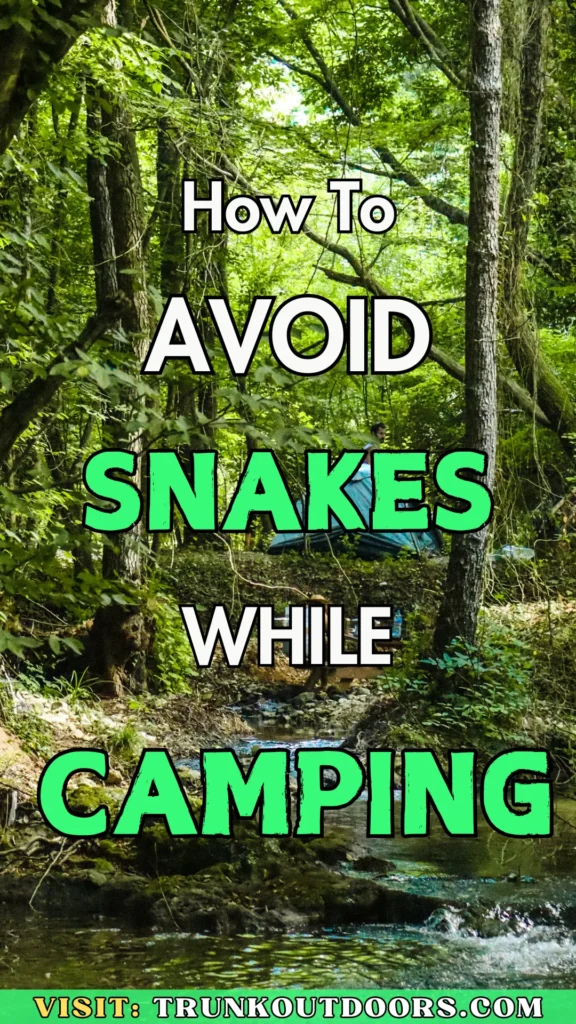How to Avoid Snakes While Camping
Camping is a fantastic way to connect with nature, but sharing your campsite with snakes isn’t part of the plan. Here’s how you can enjoy your adventure while keeping these slithery creatures at bay.
Choose Your Campsite Wisely
- Avoid Snake Habitats: Snakes prefer rock piles, tall grass, leaf litter, and areas close to water sources. Opt for open spaces with well-trodden grass to minimize encounters.
- Clear Your Area: Before setting up camp, clear the site of any potential snake hiding spots like fallen logs, dense bushes, or leaf piles.
Maintain a Clean and Organized Camp
- Food Storage: Snakes are attracted to the small animals that are drawn to your food. Keep all food and waste in airtight, odor-free containers.
- Uncluttered Campsite: Keep your gear elevated and organized. Use hammocks or store items in your vehicle to avoid creating snake-friendly nooks.
Utilize Natural Deterrents
- Campfire Benefits: Snakes dislike smoke. Keep a campfire burning (safely) when you’re around the campsite. Ensure the fire is completely extinguished when you leave or go to sleep.
Regular Inspections
- Check Your Gear: Always inspect your shoes, sleeping bags, and any gear left outside before use.
- Daily Sweeps: Regularly inspect your campsite for signs of snakes, especially upon returning from hikes or other activities.
Hiking and Exploring
- Watch Your Step: Stick to well-worn trails and avoid stepping over logs or rocks without checking the other side.
- Dress Appropriately: Wear long pants and boots, or even snake gaiters, to reduce the risk of bites.
- Stay Alert: Be vigilant and watch for snakes on the trail. If you encounter one, remain calm, back away slowly, and choose an alternative path if possible.
Understand Snake Behavior
- Seasonal Activity: Snakes are more active in warmer months (April to October in the Northern Hemisphere). Plan accordingly if you’re camping in known snake habitats.
- Temperature Preferences: Snakes favor temperatures between 80-90°F. They’re more active in the early morning and late evening during summer.
Handling Snake Encounters
- Don’t Provoke: Never attempt to move a snake. Most bites occur when snakes are handled or disturbed.
- Safe Distance: If a snake is in your path, give it plenty of space to move away. If it doesn’t retreat, navigate around it carefully.


Final Thoughts
By understanding snake behavior and taking these proactive steps, you can significantly reduce the likelihood of encountering snakes while camping. Stay vigilant, keep your campsite clean, and enjoy a safe, snake-free outdoor adventure.